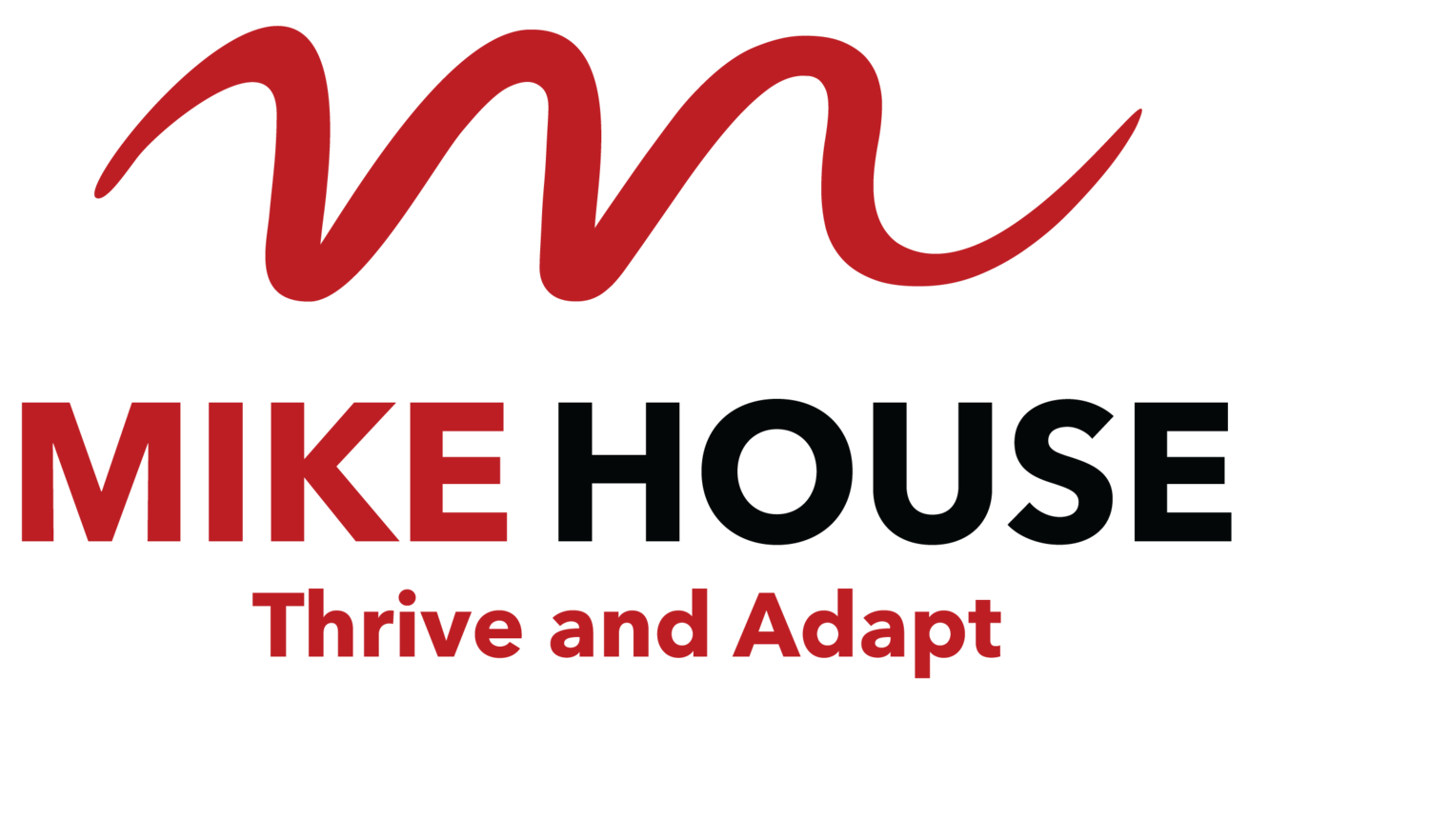Get the Basics Right
/Anecdotal feedback from many leaders in many sectors suggest Western Australia is currently facing challenging times. It seems that there is more effort required to secure a sale, and that buyers are more consciously looking for lower cost and/or higher value for their spend. Providing good quality and timely service is always important. In a tough market it seems to me that it is essential. Scrap that - I reckon it's essential all the time. I'm amazed at how ofter I hear of businesses not even getting the basics right. In a buoyant market, it may be overlooked, but in a tight one, it could be enough to get you side lined.
A good mate of mine supervises technical work crews. His role is to liaise with clients, ensure the work is done to spec and act as a technical/safety back up to his crew. He gets deployed all over the world. He has two skills that I reckon make him stand out from the crowd:
He's quick - His work rate is high, but more importantly he can get to an unfamiliar location and quickly get his head around the skillset of his crew, the issues on site, and build rapport with the people he needs to liaise with.
Great Communication - He'll make sure every one is in the loop. He anticipates issues and gets in front of them. And he's always on the look out for ways to improve the standing of his company and their reputation with clients.
As a result he often gets pulled off his main job to sort out potential issues, and it's amazing how often this is the result of the basics not being covered properly. Recently, the supervisor that was replacing him on the next shift did not have the minimum qualifications to supervise the job. If he had left without rectifying the situation the whole job would have stopped costing many thousands and who knows what in terms of reputation. It's a basic of the job. A fundamental specification that was either overlooked or ignored. That seems an unnecessarily high risk to me.
But it must happen a fair bit - I'm amazed at how often people tell me of clients who are grateful for something that seems pretty basic - like follow up, or customer service, or delivering on an agreement, or holding yourself accountable.
I'm sure we have all experienced the receiving end when the basics are not done well. My wife and I did an online booking for a restaurant a while back. We got the usual email confirmation. When we arrived we were told there was no booking. "On line" we said. The owner then proceeded to berate us for using the online system which was broken. We got a table and breakfast, but we haven't been back, and possibly neither have several other parties who were in earshot of the dressing down we got.
A warm greeting at the door is a basic. It is called hospitality after all, unless they changed it to hostility while I slept.
One of the easiest and most underrated ways to stand out, regardless of your job, position or level of ownership is simply to do what you say you will do. I my mind that includes the basics which are surely implied if not explicitly stated.
If for some reason it is not possible to deliver on the basics, be courteous, accountable and professional while you negotiate a solution. It will help you stand out from the crowd, and often the only cost is discipline.





























